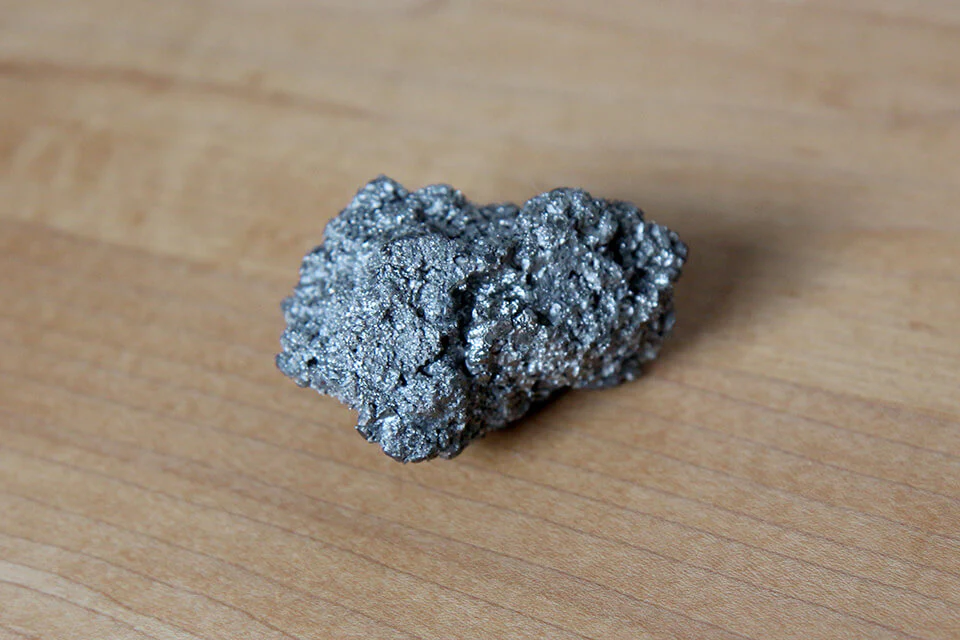More than 2000 years to perfect leather
The folding double-edged razor, the leather (western razor), is believed to have come into use as early as Rome in the 6th century BCE.
In Europe, iron production in the Alps dates back to 658 B.C., but it was not until the 19th century that iron leather was perfected, overcoming operational mechanisms and cutting ability. It is calculated that it took more than 2,000 years from the prototype to the perfection of the leather.

To make sharp blades such as leather and knives, it is necessary to have high-quality iron, high-quality fuel for forging, and water (power) for forging and processing. This required a method of converting the flow of water into power and machine tools, but it was not until the 19th century, when these methods were put to practical use and developed, that sharp blades such as leather could be manufactured.
In Europe, leather was produced in areas such as Cheffy in England, Chur in France, and Solingen in Germany, which met these requirements for blade production and became world famous for leather production.
T-Shaped Safety Razor
The prototype of the safety razor, which replaced leather as the mainstream razor, was created in 1762 by Jean Jacques Perrey, a cutlery merchant in Paris, France, according to records. Since shaving with leather often caused scratches on the face and skin diseases, he applied the principle of the canna to the flat blade with a guard of a piece of wood so that only the tip of the blade peeked out slightly. Although this razor reduced the risk of skin cuts, it was not widely used because of the difficulty and high cost of machining the wood strip guard.
Later, in 1847, in London, England, a man named William S. Henson invented and patented the “T-shaped” razor, which had a shortened leather blade covered with metal fittings and attached to the handle at right angles, similar to the style of today’s safety razors. However, the blade of this “T-shape” razor had to be removed and sharpened because the blade was still too expensive to use a replacement blade. Moreover, sharpening the blades required a great deal of skill, so it was a hassle to take the razor to a barbershop or cutlery shop.
The man who created the world’s most popular razor
The prototype of the replaceable blade safety razor as we know it today appeared in 1904.
It was created by King C. Gillette of the United States. The safety razor he invented was almost a double-edged safety razor: a thin steel plate was sharpened on both sides to make a sharp blade, which was supported by a holder, and a handle was attached to the center of the plate that held it in place. Gillette quickly produced a prototype, but it was far from being put into practical use, and it is said that it took nearly 10 years before it was technically perfected. In particular, there were many problems to be solved, such as how to make a low-cost blade from a thin sheet of steel, the dimensions of the blade and holder, and how to adjust them.
Eventually, William Nickerson, a professor at the Massachusetts Institute of Technology who had developed the elevator push button system, offered his cooperation to C. Gillette. The two men established a company called American Safety Leather in Boston in 1901, determined the appropriate size, shape, and thickness of the blade, perfected the method of hardening a thin plate of steel, and created the technical basis for today’s safety razors. He also invented a method of adjusting the razor blade between the blade and holder, and was granted a basic patent in 1904 (Meiji 37). Three years later, the double-edged safety razor was launched.
However, even after its launch, the razor did not catch on in the U.S. at that time because of the preconceived notion that razors had to be strong and durable. The rapid spread of Gillette safety razors was due to the outbreak of World War I, when the U.S. government issued 350,000,000 Gillette safety razors as a munitions item. The U.S. government ordered 3.5 million Gillette safety razors and 36 million replacement blades as munitions, and they were shipped around the world with American soldiers.
This Gillette safety razor stimulated the production of 340 different types of safety razors worldwide by around 1918.

